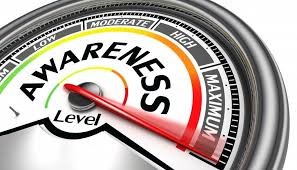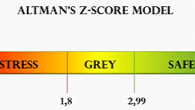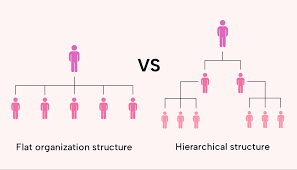
For millennia, the feminine principle has been hidden, suppressed, and misunderstood. Yet, an energetic shift is happening, one that is guiding humanity—and particularly women—back toward balance and harmony. As ancient wisdom resurfaces, we are witnessing the return of the sacred feminine in ways that go beyond spirituality. In the modern corporate world, women are stepping into leadership roles with a new sense of purpose, intuition, and wisdom, drawing on ancient teachings to shape the future of business and society.
The world once thrived in a delicate balance between masculine and feminine energies. Ancient societies, such as pre-dynastic Egypt, operated through a matrilineal structure, where wisdom, leadership, and spiritual power were passed through the feminine. These societies were built on harmony, creativity, and collaboration—principles that align closely with the core values many modern companies are beginning to prioritize today. As patriarchal structures began to dominate, the role of the feminine was overshadowed, and much of the ancient knowledge was buried. However, just as the Earth is undergoing an energetic shift, so too are women reclaiming their rightful place in leadership.
The Kundalini energy of the Earth, which once resided in the masculine Himalayas, has shifted to the feminine Andes, signaling the return of the divine feminine on a planetary scale. This shift is not just metaphysical—it is playing out in the corporate world as well, where women are stepping forward with a deep sense of connection, wisdom, and intuitive leadership. It’s an era of reclamation—reclaiming women’s roles as leaders, healers, and visionaries in the spaces where decisions that shape the world are made.
In this age of energetic transformation, the business world is discovering that leadership is not just about power or authority—it is about connection. Women are leading in ways that recognize the importance of empathy, emotional intelligence, and collaboration, recognizing that successful leadership is grounded in relationships and mutual respect. As they embrace these values, women are also challenging the traditional, hierarchical business models that have dominated for centuries. They are replacing competition with cooperation, striving to create organizations that are not just financially successful, but also deeply committed to their people, their environment, and their purpose.
The return of the sacred feminine in corporate leadership means recognizing the interconnectedness of all things—whether that’s understanding the impact of decisions on employees, the community, or the planet. As the Earth shifts energetically, women in leadership are similarly embracing the understanding that true leadership requires a balance between masculine and feminine energies. It requires embracing intuition, honoring emotions, and recognizing the importance of nurturing relationships, while also utilizing strategy, drive, and ambition.
Just as ancient civilizations honored the feminine energy as a source of creativity and growth, today’s leaders are beginning to see the value in these same principles. The feminine is no longer seen as soft or secondary to masculine power. It is being recognized as a powerful force of creation, innovation, and sustainability—qualities essential to the future of corporate leadership. As women step into these roles, they bring with them a vision for a world where balance, wisdom, and respect are at the forefront of every decision.
The Kundalini rising within the Earth reflects the rising Kundalini within women—a deep, inner knowing that calls for change. This shift is not just a spiritual one but a collective awakening, one where women are called to lead with both heart and mind. As they embrace their leadership roles, they are drawing upon ancient wisdom that values intuition, creativity, and the nurturing of human potential.
The time for healing and transformation is now, and it begins with remembering the ancient ways. It’s about honoring the sacred feminine in all aspects of life—personal, spiritual, and professional. Women in leadership are no longer just filling spaces; they are redefining what leadership means in the modern world. The return of the sacred feminine is not just about reconnecting to ancient wisdom—it’s about creating a future where leadership is more inclusive, compassionate, and sustainable. The divine feminine is leading the way, not only for women but for the future of business itself.
Helping Executive Women Reduce Stress, Prevent Fatigue & Avoid Burnout
📩 Follow me for more insights or send me a message to connect!









